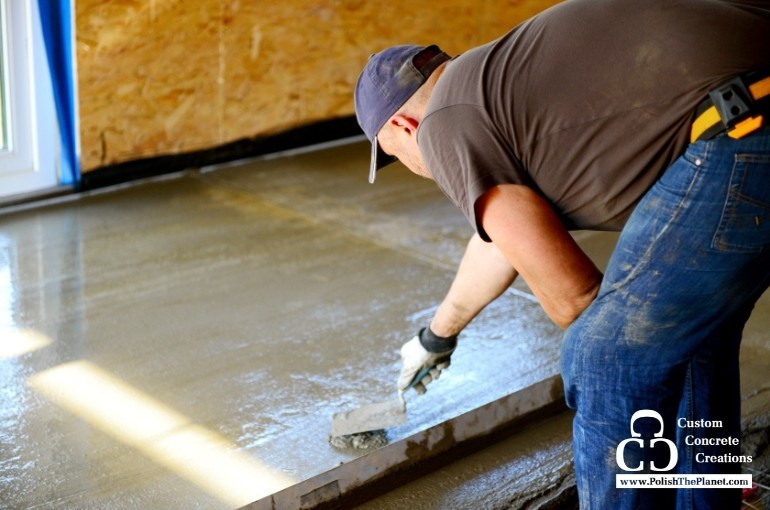
Installing concrete might seem straightforward, but it's a craft that requires careful planning, precision and expertise. Even seemingly minor errors can lead to significant issues down the line. Here are some of the most common mistakes made during concrete installation and how you can avoid them. By understanding these pitfalls, you can ensure a successful and long-lasting finished concrete project!
Poor surface preparations
One of the foundational mistakes in concrete installation is inadequate surface preparation. Failing to properly prepare the ground by removing debris, compacting the soil and creating a solid base can lead to uneven settling, cracks and compromised structural integrity. Proper site preparation is essential for a stable and long-lasting finished concrete surface.
Inaccurate concrete mix
Getting the concrete mix right is crucial. An incorrect mix ratio of cement, aggregates, water and additives can result in weak concrete prone to cracking, shrinking or excessive porosity. To avoid this mistake, follow manufacturer guidelines for the correct mix proportions and ensure thorough mixing.
Neglecting proper curing
Curing is the process of maintaining moisture in the concrete during the initial stages of its hardening. Neglecting proper curing can lead to reduced strength, increased porosity and cracking. To prevent this, use curing compounds or cover the concrete with wet burlap or plastic sheets for several days after pouring.
Improper reinforcement placement
For reinforced concrete, improper placement of steel bars or mesh can result in weak points and compromised load-bearing capacity. Reinforcement should be correctly positioned within the concrete to provide optimal strength and prevent cracks.
Overworking the surface
Overworking the concrete surface during finishing can lead to a host of issues, including weakened surface integrity, increased porosity and uneven appearance. Avoid excessive troweling or floating, and allow the concrete to set naturally before finishing.
Not accounting for expansion joints
Concrete expands and contracts with temperature fluctuations. Neglecting to install expansion joints can lead to unsightly cracks as the concrete tries to adjust to these changes. Properly placed expansion joints allow controlled movement, minimizing the risk of cracks.
Ignoring weather conditions
Extreme weather conditions can impact the curing process and the final outcome of your concrete project. Pouring concrete during excessively hot, cold or rainy conditions can result in improper curing, surface defects or weakened strength. Plan your concrete installation around favorable weather to ensure optimal results.
Rushing the process
Concrete installation is a process that requires patience. Rushing through any of the stages, from mixing to finishing, can compromise the quality and longevity of the concrete. Take the necessary time for each step to achieve a successful outcome.
Neglecting sealing and maintenance
Once the concrete is installed, sealing it is vital for protecting it from moisture, stains and damage. Neglecting to seal the concrete or failing to perform regular maintenance can lead to premature deterioration and costly repairs.
Lack of professional experience
Perhaps the most significant mistake is attempting a concrete installation without the appropriate knowledge and expertise. Concrete work involves a combination of technical skills, experience and specialized equipment. Hiring professional concrete contractors ensures that the installation is done correctly and to industry standards.
Contact us for your finished concrete needs
We specialize in polished concrete floors and have clients throughout the Midwest. We understand these pitfalls and can positively contribute to your concrete project. Contact our team of professionals today to discuss your project in more detail!
